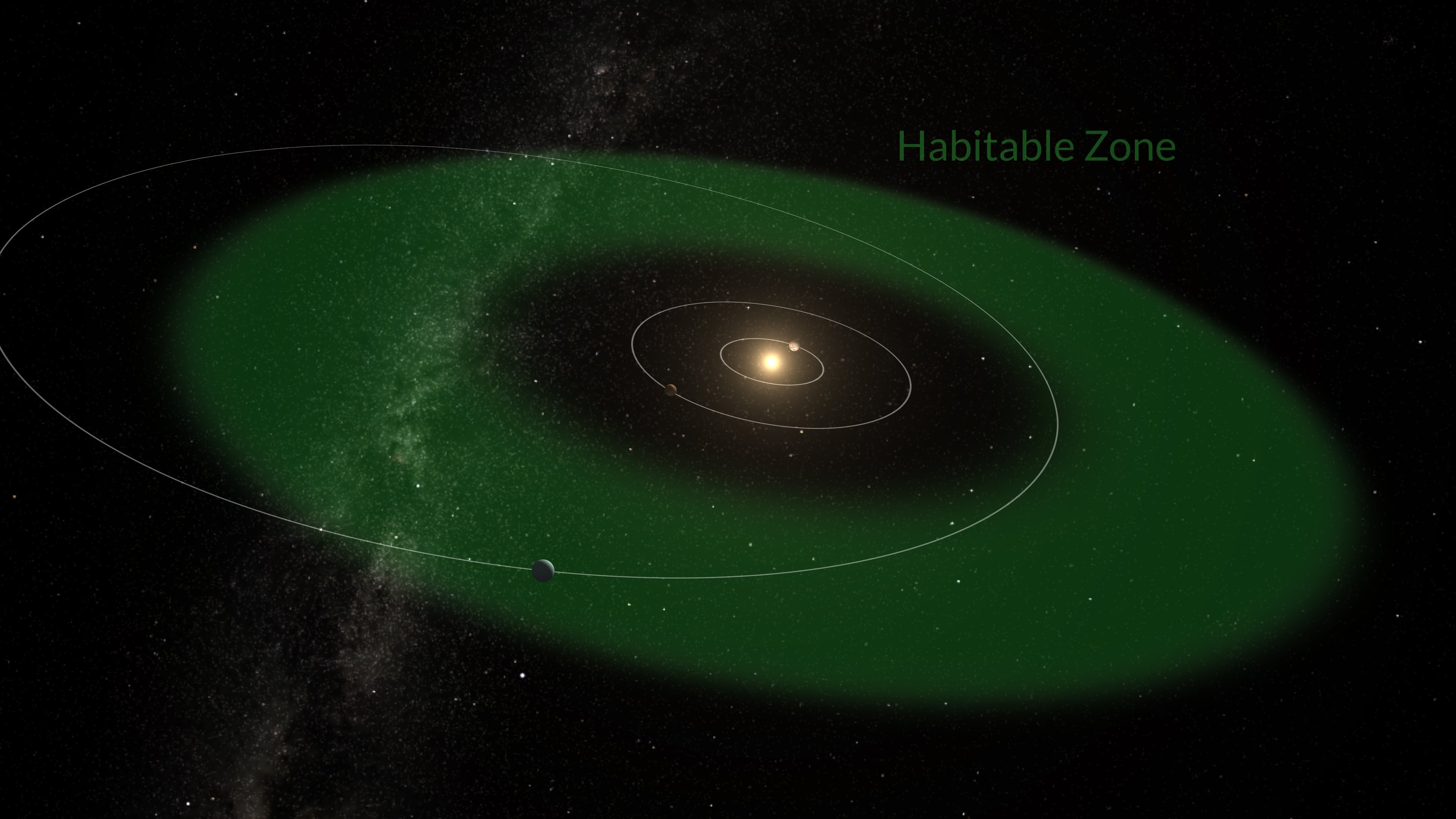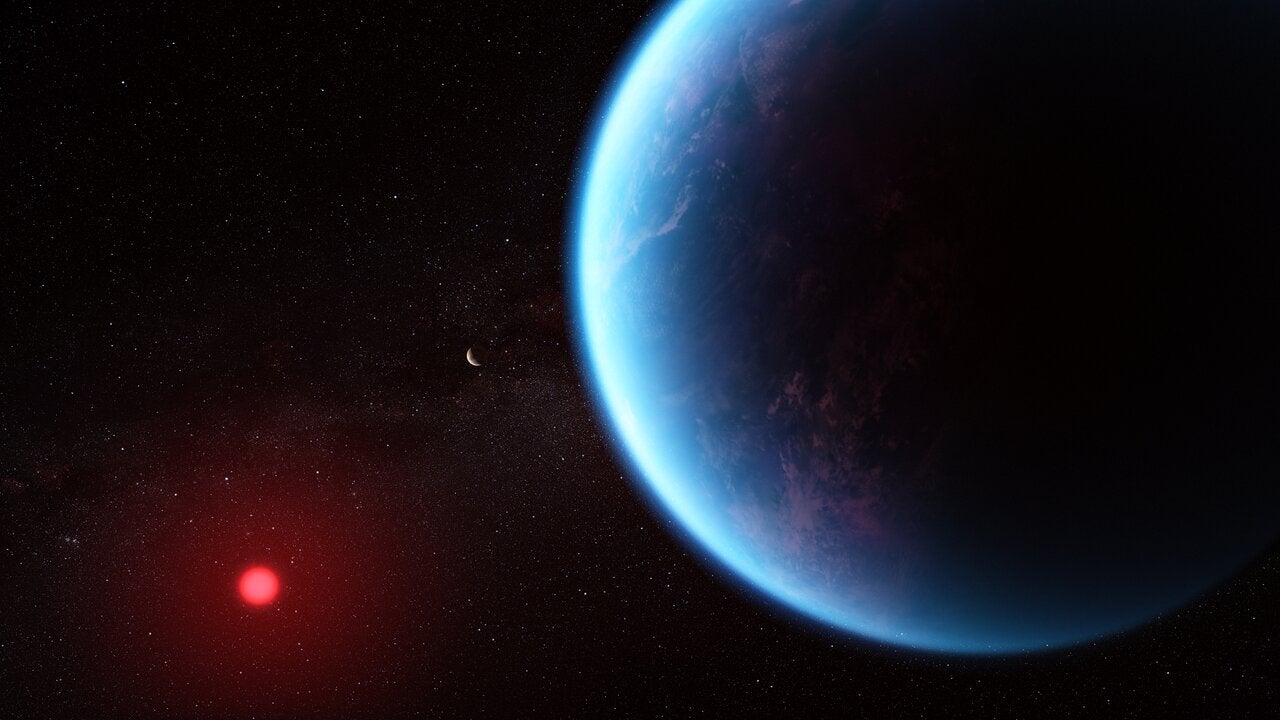Scientists discover ‘super-Earth’ planet that could be suitable for life
The exoplanet HD 20794 d has a mass six times that of Earth

Scientists have discovered a so-called “super-Earth” planet, potentially capable of supporting life, orbiting a sun-like star just 20 light-years away.
This “super-Earth,” dubbed HD 20794 d, boasts a mass six times that of our planet and resides within the star’s “habitable zone.” The zone represents the optimal distance from a star where liquid water could exist on a planet’s surface. However, HD 20794 d follows an elliptical, rather than circular, orbit, meaning its distance from its star varies. This makes it difficult to definitively determine its life-supporting potential at this stage.
The initial hint of HD 20794 d’s existence came in 2022 when Dr. Michael Cretignier, a postdoctoral research assistant at the University of Oxford’s Department of Physics, spotted a signal while examining archived data from the High Accuracy Radial Velocity Planet Searcher spectrograph at Chile’s La Silla Observatory.
An international team of researchers went on to analyse two decades of observations to confirm the discovery.

“We worked on data analysis for years, gradually analysing and eliminating all possible sources of contamination,” Dr Cretignier said.
“For me, it was naturally a huge joy when we could confirm the planet’s existence.
“It was also a relief, since the original signal was at the edge of the spectrograph’s detection limit, so it was hard to be completely convinced at that time if the signal was real or not.
“Excitingly, its proximity with us (only 20 light-years) means there is hope for future space missions to obtain an image of it.”
Researchers hailed the planet as an “invaluable test case” for space projects looking to detect signs of life outside our solar system.
“With its location in a habitable zone and relatively close proximity to Earth, this planet could play a pivotal role in future missions that will characterise the atmospheres of exoplanets to search for biosignatures indicating potential life,” Dr Cretignier said.
“While my job mainly consists of finding these unknown worlds, I’m now very enthusiastic to hear what other scientists can tell us about this newly discovered planet, particularly since it is among the closest Earth-analogues we know about and given its peculiar orbit.”
The findings have been published in the journal Astronomy & Astrophysics.
Bookmark popover
Removed from bookmarks